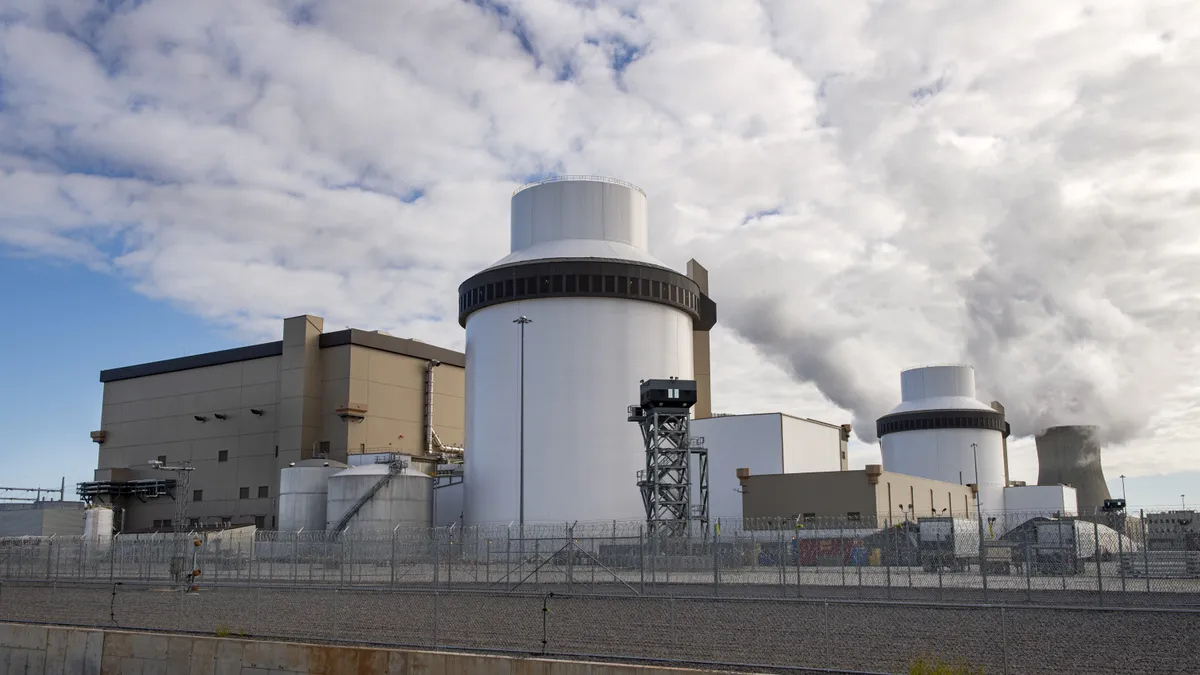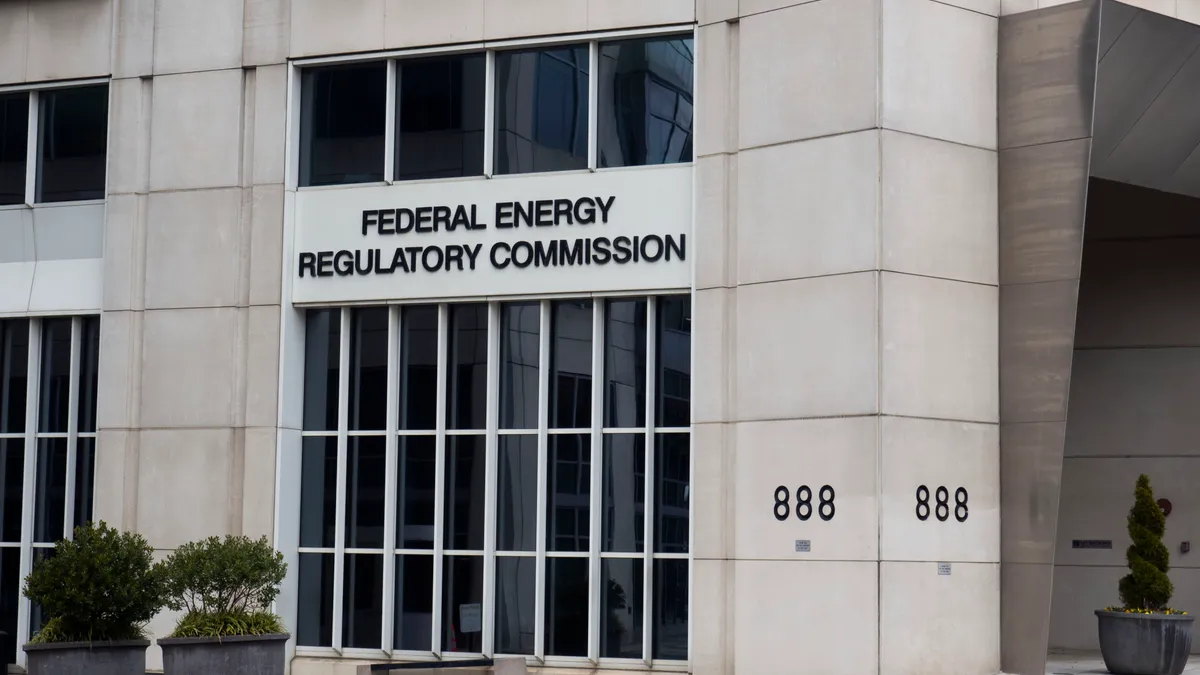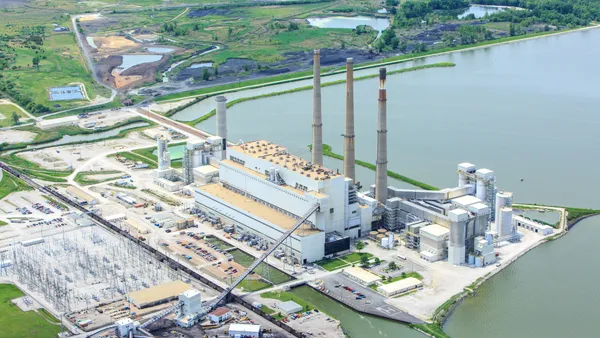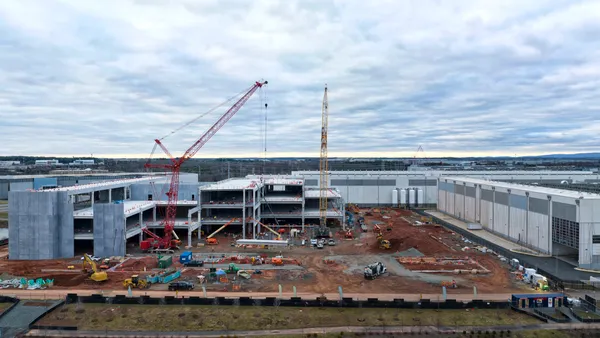The PJM Interconnection will work with Google to use artificial intelligence to potentially revamp and speed up its grid interconnection process, the grid operator said Thursday.
Tapestry, part of Alphabet, Google’s parent company, will work with PJM in a multi-year effort to integrate dozens of databases and tools the grid operator uses to study interconnection requests into a unified model of PJM’s network, according to Page Crahan, Tapestry general manager.
The unified model will allow project developers, grid planners and operators to access everything they need to make critical decisions in one place, Crahan said during a media briefing.
Tapestry expects the project will roll out in phases, starting this year, according to Crahan. First, Tapestry and PJM aim to improve the generator interconnection application process, she said.
It’s too soon to know when and to what extent PJM’s two-year interconnection process will be accelerated by the initiative, said Aftab Khan, PJM’s executive vice president for operations, planning and security.
“There is significant potential for us, but it's very difficult at this time … to quantify and say, ‘Hey, this is what we're going to achieve,’” he said.
As a “guide post,” Tapestry worked with Chile’s grid operator to reduce the time it took to finish certain planning processes from several days to a few hours, according to Crahan. “So, we're looking for a significant order of magnitude improvement to support the PJM planners,” Crahan said.
PJM is in the middle of its transition to a new, cluster-based interconnection process, according to Khan. As part of the transition, PJM last year finished a 26-GW fast-track interconnection review, he said, noting that the grid operator has signed generator interconnection agreements totaling about 50 GW that isn’t yet operating. PJM expects to complete its 46-GW transition Cycle 1 late this year and its 99-GW Cycle 2 a year later, according to Khan. It expects to begin using its new interconnection process early next year.
Advanced Energy United, a trade group for clean energy developers, praised the PJM-Tapestry initiative. “Embracing innovation like this is a critical step toward clearing the massive interconnection backlog and getting more clean energy projects online faster,” Jon Gordon, AEU director, said in a statement Thursday. “We’re hopeful that pairing advanced technology with continued market and policy reforms will unlock the full potential of clean, reliable, and affordable energy for the PJM region.”
The collaboration between PJM and Tapestry comes amid a surge in grid interconnection requests that has created major backlogs at grid operators. About 2,300 GW of power projects, mainly solar and batteries, are in grid operator interconnection queues across the United States.
PJM’s interconnection queue as of Jan. 31 included about 79 GW of solar, 37 GW of storage, 23 GW of wind and 4 GW of gas.
Last month, David Rosner, a Federal Energy Regulatory Commission commissioner, sent letters to grid operators that highlighted how grid interconnection automation software can be used to speed the interconnection process. “Achieving a truly fast and efficient interconnection process requires continuous innovation that leverages the latest software and automation solutions,” Rosner said in the letter.
Rosner said it took two years for the Midcontinent Independent System Operator to conduct a manual study of a large interconnection cluster; an application developed by Pearl Street reproduced the study in 10 days and arrived at largely similar results.
During the PJM media briefing, in response to a question about coal-fired generation, Amanda Peterson Corio, Google head of data center energy, said the company was committed to clean energy.
“We remain committed to our goals to decarbonize our electricity footprint, 24 hours a day, seven days a week, and matched on an hourly basis, by 2030,” Corio said. “We are focused on developing and seeding technologies that can provide firm, reliable capacity around the clock that is also clean.”














